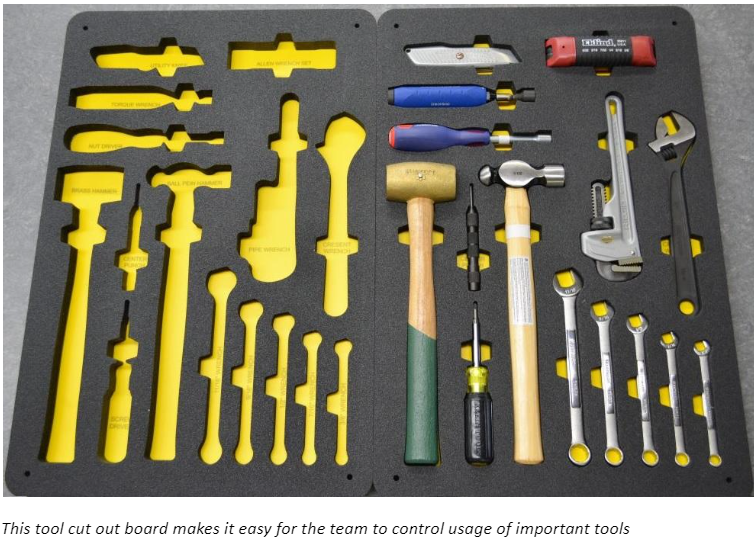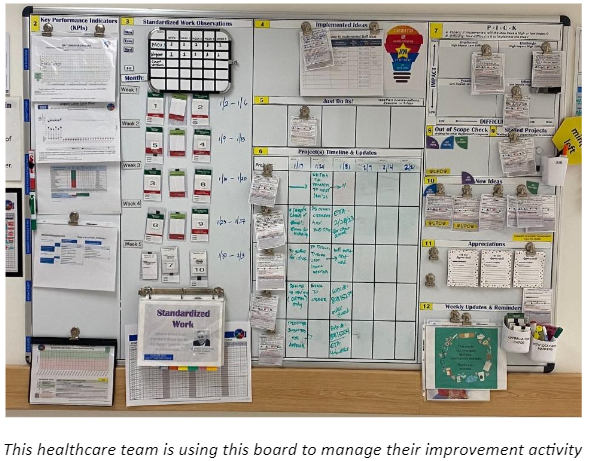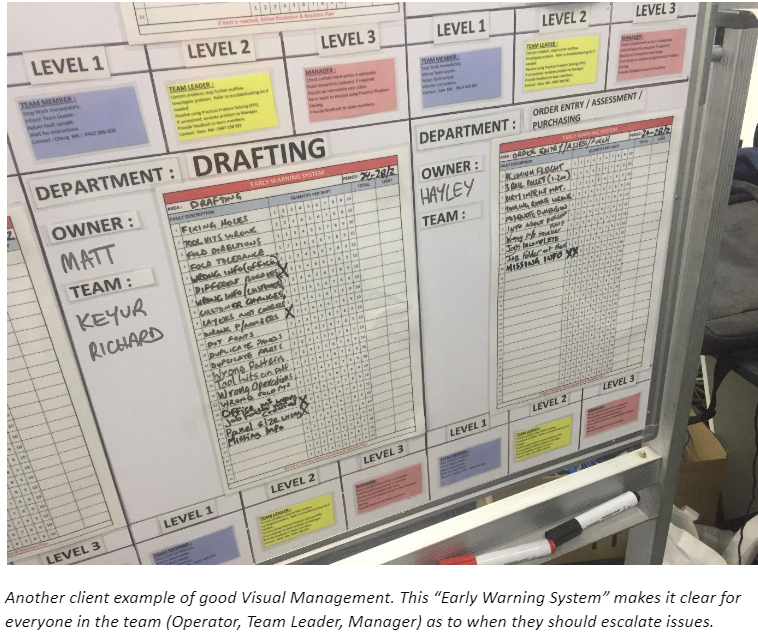In today's dynamic and highly competitive business landscape, Australian organizations are continually striving to enhance efficiency, reduce waste, and drive productivity. Visual management has emerged as a powerful approach that can help achieve these goals effectively. By leveraging visual cues and indicators, teams can streamline their operations, eliminate bottlenecks, and foster a culture of continuous improvement. In this article, we will explore how visual management can deliver significant benefits to Australian businesses by referencing reputable publications. Let's delve into the insights and research that showcase the transformative impact of visual management on operational efficiency and waste reduction.
Research Study: Visual Management in Lean Manufacturing
A research study published in the International Journal of Production Economics examined the effectiveness of visual management in lean manufacturing environments. The study found that implementing visual management techniques, such as Kanban systems, visual performance boards, and visual work instructions, resulted in improved process efficiency, reduced lead times, and decreased waste. The visual cues provided clear instructions, enabled better coordination among team members, and facilitated faster decision-making. The study concluded that visual management is an essential tool for lean manufacturing implementation, enhancing operational performance and waste reduction.
Source: Research article - "The role of visual management for sustainable implementation of lean manufacturing" by M. Durgadevi and T. Mathiyazhagan (International Journal of Production Economics, Volume 162, 2015)

Case Study: Visual Management in Healthcare:
In a case study published by the Journal of Healthcare Management, a hospital implemented visual management techniques to improve efficiency and reduce waste in their emergency department. The hospital used visual cues, such as color-coded signage for different patient categories and visual flowcharts to guide the patient journey. The study reported that visual management reduced patient wait times, enhanced staff coordination, and improved patient outcomes. By visually representing patient flow, bottlenecks were identified and addressed promptly, leading to streamlined operations and reduced waste.
Source: Case study - "Visual management: A tool to improve emergency department flow" by M. Christopher and C. Mullins (Journal of Healthcare Management, Volume 59, Issue 3, 2014)

Best Practice: Visual Management in Agile Project Management :
In an article published by the Harvard Business Review, visual management techniques were highlighted as a best practice in agile project management. The article emphasized the use of visual tools, such as Kanban boards and task boards, to visualize work progress, identify bottlenecks, and optimize workflow. Visual management enabled teams to have a clear understanding of project status, improved communication among team members, and facilitated effective prioritization. The article concluded that visual management is a critical component of successful agile project management, leading to streamlined operations and reduced waste.
Source: Article - "Use Visual Management to Make Better and Faster Decisions" by D. Leander and M. Holmström (Harvard Business Review, February 2021)

Reputable publications and research studies have highlighted the power of visual management in streamlining operations and reducing waste. From lean manufacturing to healthcare and agile project management, visual management techniques have consistently demonstrated their effectiveness in improving efficiency, enhancing communication, and driving waste reduction. By implementing visual management practices, organizations can unlock significant operational benefits and achieve sustainable growth.


